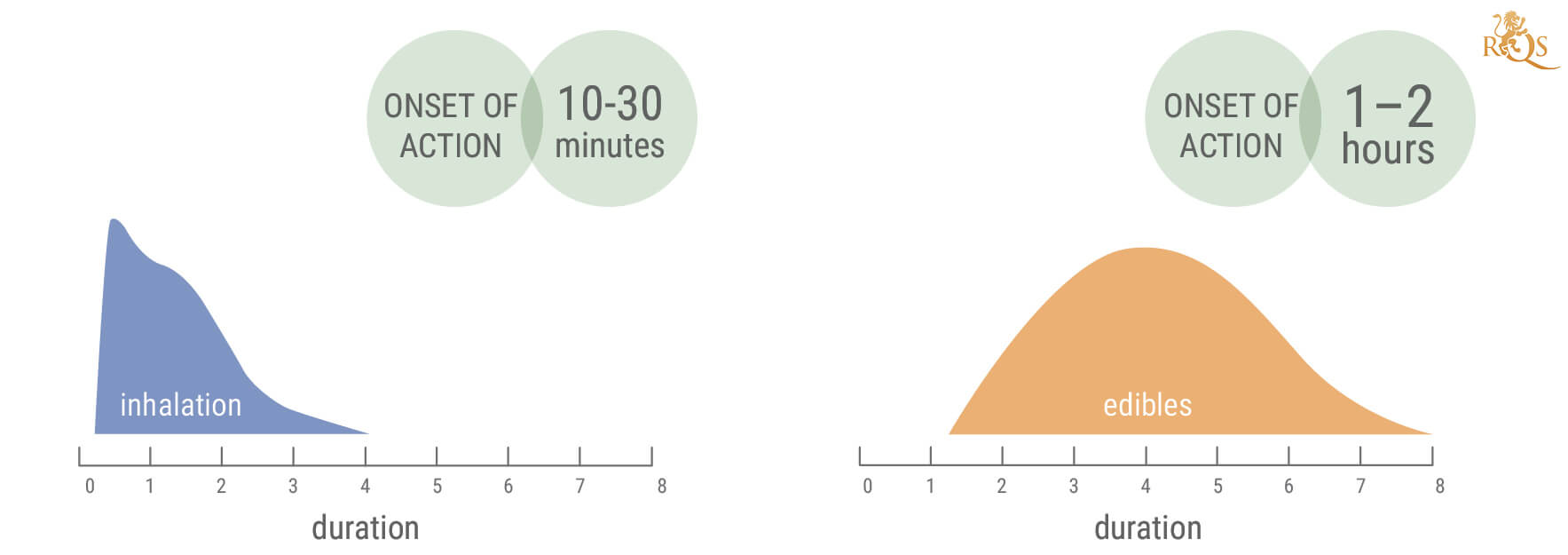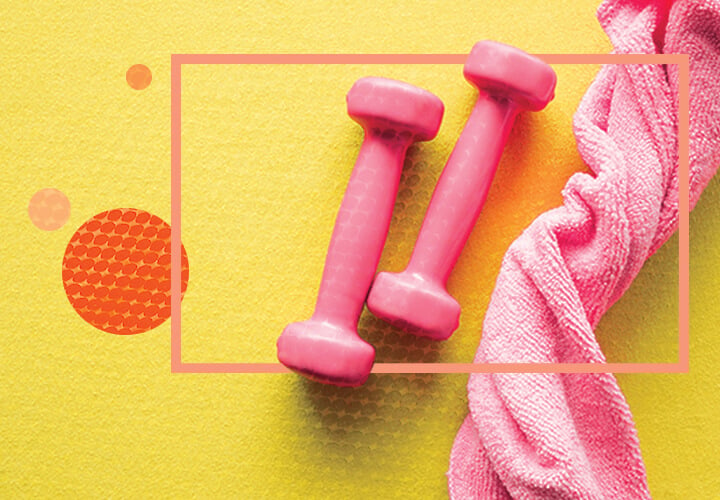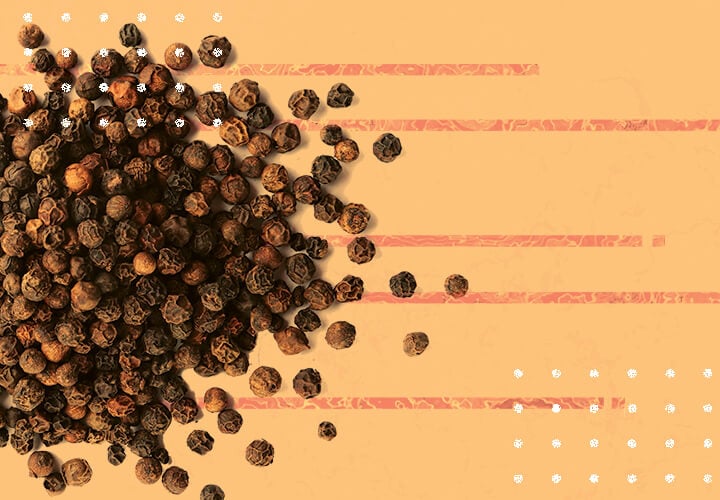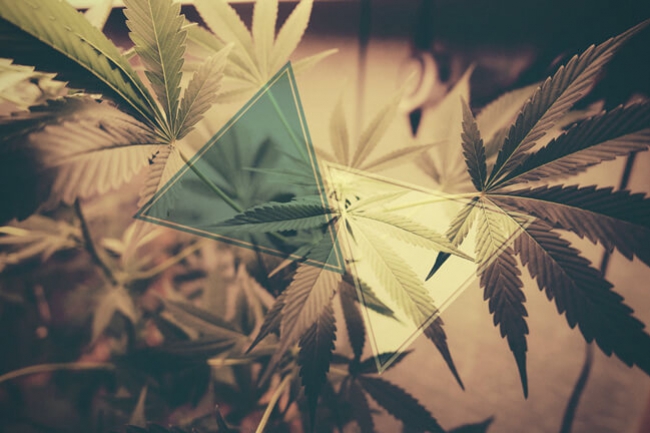.

How To Reduce The Effects Of Cannabis: Calming Too Much THC
Only time determines when THC will leave the bloodstream, but there are several loopholes for mediating THC and providing relief from those pesky symptoms of smoking too much. Below, we break down how to reduce the effects of cannabis.
Contents:
- Planning ahead: tolerance and consumption methods
- How long does a cannabis high last?
- Cbd: natural thc mediation
- Exercise
- Food and water
- Black pepper
- Use limonene to tame thc
- Improve your mood with pinene
- Take your mind off things
- Cold shower
- Relax your central nervous system
- Goodnight!
- Talk it out with your close friends
We’ve all been there: eagerly taking one too many rips of a bong or underestimating a particularly strong edible, culminating in a high you just want to end. Luckily, all hope is not lost. Unlike other psychoactive substances, there has never been a lethal THC overdose.
This should give you peace of mind that no matter how paranoid or uneasy you may feel, an “unwelcome” high will usually dissipate with few long-term side effects. While time is the only true method for clearing THC from the body, there are several effective solutions for reducing the effects of cannabis.


Planning Ahead: Tolerance and Consumption Methods
Most “seasoned” cannabis users consider themselves masters over their tolerance level, but most of us have found ourselves staring in the mirror at a stoned zombie at one time or another. This is especially the case with social gatherings or “hotboxes” where a lot of cannabis is consumed; it may take several minutes before you realise just how much THC you consumed.
Something that catches experienced and novice smokers off guard are new methods of consuming THC. Concentrates have much higher psychoactive cannabinoid content than flower, thus have more potent effects. Edibles, which are made from cannabutter or cannabis extracts, have a long history of thwarting the plans of many-a-smoker with overwhelming highs that kick in an hour later.
Similarly, concentrates or “dabs” may contain THC percentages reaching into the high 70’s and above!
As a rule, experiment with new cannabis strains and substances using caution. As exciting as it is to try different forms, it’s always best to give your body enough time to adjust to new methods.
How Long Does a Cannabis High Last?
The length of a cannabis high depends on a few variables, but consumption method plays arguably the largest role.
The effects of smoked or vaped cannabis are usually felt within a couple of minutes, peaking after around 10–30 minutes and lingering for 1–3 hours depending on the potency.

But, what happens if you eat weed? Oral cannabis passes through the digestive tract before making its way to the liver. When it reaches this all-important organ, enzymes convert THC into a more potent molecule known as 11-hydroxy-THC. This results in edible cannabis taking up to 1–2 hours to set in, with effects lasting between 6–8 hours.


CBD: Natural THC Mediation
There’s more to cannabis than simply THC. Dozens of other cannabinoids, terpenes and flavonoids are held within the same glandular trichomes as THC. CBD (cannabidiol) is the second most abundant cannabinoid in cannabis, and is the compound most known for its non-intoxicating, clear-headed effects. In regard to an unpleasant THC experience, CBD happens to be a natural mediator of its effects.
THC binds to cannabinoid receptors in the human endocannabinoid system, causing psychoactive effects. In the presence of CBD, THC is partially obstructed from binding fully, thus tempering the outcomes.
Although CBD doesn’t produce intoxicating effects, research is being conducted to discover its full range of effects. Some of this research is looking into interactions with anxiety.
Exercise
Exercise is one of the best ways to reduce the unwanted effects of too much cannabis. Studies suggest that the endocannabinoid anandamide[1] is responsible for what is commonly referred to as “runner’s high.” Although this phenomenon has been largely accredited to endorphins, research is now showing that endocannabinoids may have more to do with the euphoric sensation.
How does runner’s high mediate THC? Essentially, running or performing other types of exercise can relieve stress associated with consuming too much cannabis too quickly.
What’s more, exercising can be a great way to distract yourself from the effects of the cannabis and get some fresh air into your lungs. If running isn’t your thing, taking a brisk walk is a great way to get the blood flowing and keep the mind off the high.
Practices like yoga and pilates, which are based around proper breathing, are great physical activities for reducing the effects of cannabis. Not only are you centering and strengthening your breath, you are increasing blood flow to other areas of the body, taking attention away from psychoactive effects occurring in the brain.


Food and Water
It is always a good idea to hydrate after consuming cannabis - especially if you’ve had too much. Aside from the usual suspect of cottonmouth, water and other hydrating liquids keep the body’s defences strong and sensations, alert. The same goes for eating. Anecdotal studies have long purported that eating foods rich in fat allows the body to metabolise THC faster. Whether this is true or not has yet to be officially concluded. When in doubt, it’s probably worth getting some food in your stomach.
Black Pepper
Cannabis folklore has argued for years that smelling or chewing on peppercorns produces near-immediate results in cooling the effects of THC. It turns out, there is real evidence behind the link between pepper and pot.
Renowned cannabis researcher and “entourage effect” innovator Ethan Russo published a scientific review in the British Journal of Pharmacology[2] citing black pepper’s “phytocannabinoid-terpenoid effect[3]” with THC.
Essentially, terpenoids beta-caryophyllene and others found in pepper bind to the same endocannabinoid receptors as THC. When combined, the two produce a course of therapeutic effects. A similar story has been written about lemons (containing terpene limonene) and pine nuts (pinene).


Use Limonene To Tame THC
The terpene limonene may provide relief if you find yourself feeling way too high. The refreshing molecule helps to energise the mind and ease the nerves. Animal research[4] has observed the terpene to help quell tension and worry—feelings associated with smoking too much weed.
Several cannabis strains contain limonene, but you don’t have to consume more herb to access these effects. Many different fruits contain the terpene in high quantities too, including lemons.
If you’re feeling uneasy after smoking too much, add some lemon rind into warm water to make a soothing tea. Throw in some ginger for extra flavour and feel the limonene start to work its magic.
Improve Your Mood With Pinene
Pinene is another terpene found within many cannabis cultivars. The molecule also appears throughout nature and underpins the pleasant scent of pine forests. Researchers have called pinene “a miracle gift of nature[5]” because of its wide range of beneficial properties.
Among these, pinene demonstrates the ability to reduce rumination. After consuming too much THC, the mind tends to overthink and perceive even mundane things in a deep and philosophical manner. This can sometimes overwhelm the smoker and send them into a spiral that causes feelings of panic. Pinene may help to put an end to these unhelpful thought processes by easing overactivity in the mind.
The essential oils of eucalyptus and frankincense contain high levels of pinene. Place a few drops onto an essential oil burner and let the aroma fill up the room. You’ll introduce pinene into your bloodstream with every slow and steady breath that you take.


Take Your Mind Off Things
After getting some terpenes in your system, try distracting your mind from how you’re currently feeling. If you’re struggling to sit with how you feel, the next step is to temporarily forget about it.
Your brain can only process so much information at once.
Exposing your mind to repetitive and information-filled tasks will divert your emotions away from feeling too high.
Play video games or scroll through your Instagram feed to occupy your brain until you start to sober up.
As you get deeper into a game or social media feed, you’ll begin to feel yourself returning to a sober state. Your breathing will slow and rumination will dissipate.
Alternatively, try out the 6 activities below to take your mind off being too high:
- Go for a walk: Take a brief stroll around your neighbourhood to clear your mind and help your body metabolise all of that THC quicker.
- Try a meditation app: Meditation aims to pull the focus away from our thoughts and emotions. Try a guided meditation app for added comfort.
- Spend time in your grow room or garden: Spending time around cannabis plants might seem counterproductive when too high. However, they bring nothing but good vibes, and focusing on taking care of them will distract you from worrying pointlessly about yourself.
- Read a book: A good novel works well to pull the mind out of the present and deep into an alternate world.
- Cook some food: Cooking plunges the mind into a zen state. Put on a good podcast as you focus on chopping veg, mixing spices, and cooking up a delicious meal to satisfy the munchies.
- Watch an epic movie: Much like reading a book, fantasy films will immerse you in an amazing experience and help you forget about being high. Of course, The Lord of the Rings remains the GOAT in this genre.


Cold Shower
In the same way that splashing water on your face in the morning will perk you out of a sleep-induced daze, taking a cold shower is a sure-fire way to bring your body and brain’s attention away from the high. While it may feel shocking at first, a cold shower is a time-tested method to snap you out of it. Even if it doesn’t reduce THC levels in the blood, cold water invigorates the senses.
Relax Your Central Nervous System
The state of our nervous system largely dictates how we feel moment to moment. The sympathetic nervous system is associated with the fight or flight response, whereas the parasympathetic nervous system takes care of rest and digestive functions.
Luckily, there are ways to “turn on” the parasympathetic nervous system to decrease feelings of nervousness or worry. Deep and slow diaphragmatic breathing[6] is enough to shift the nervous system towards a parasympathetic state. So, play a relaxing, positive song and breathe in for a count of 5, hold for a count of 5, and exhale for a count of 5 for the duration of the piece of music.
Goodnight!
If time is the only variable that completely clears THC levels in the bloodstream, we can't think of a better way to pass the time than a good old-fashioned nap. Just beware of oversleeping as this may cause a “greenout” hangover akin to being exhausted and groggy at the same time.
A good 30-45 minute rest should do it for most individuals to wake up feeling more sober and refreshed. This is easier said than done depending on the strain consumed. If you smoked indica or indica-dominant strains, you should find sleep to be a reasonable venture. Sativas, on the other hand, can make it difficult just to sit still!
Talk It Out With Your Close Friends
A little reassurance can go a long way. It’s hard to talk yourself out of your own emotions when high. If you’re with close friends, tell them how you’re feeling. They can offer a fresh perspective, let you know you’re not going to die, and probably make you laugh and feel better.
If you’re alone, call up a sober friend. Honesty is the best policy. Tell them exactly how you feel and why. Simply getting it off your chest will probably be enough to help you feel better. Listen to them closely and let them talk you out of your mental loop.
Promoting Responsible Cannabis UseRQS emphasizes the importance of responsible cannabis consumption.
While many individuals use cannabis frequently without complications, some may be susceptible to developing adverse behaviours. We believe the herb should enhance one’s life, not hinder it.
Responsible use involves limiting consumption to adults only, refusing to operate cars or machinery while under the influence, and making an effort to resist abuse.
Stay Cultivated.
- Exploring The Molecular Basis Of “Runner’s High” http://cen.acs.org
- Taming THC: potential cannabis synergy and phytocannabinoid-terpenoid entourage effects https://www.ncbi.nlm.nih.gov
- The cannabinoid CB2 receptor-selective phytocannabinoid beta-caryophyllene exerts analgesic effects in mouse models of inflammatory and neuropathic pain - ScienceDirect http://www.europeanneuropsychopharmacology.com
- Effects of Limonene on Chronic Restraint Stress-Induced Memory Impairment and Anxiety in Male Rats | SpringerLink https://link.springer.com
- Biomolecules | Free Full-Text | Therapeutic Potential of α- and β-Pinene: A Miracle Gift of Nature https://www.mdpi.com
- The physiological effects of slow breathing in the healthy human https://www.ncbi.nlm.nih.gov






































